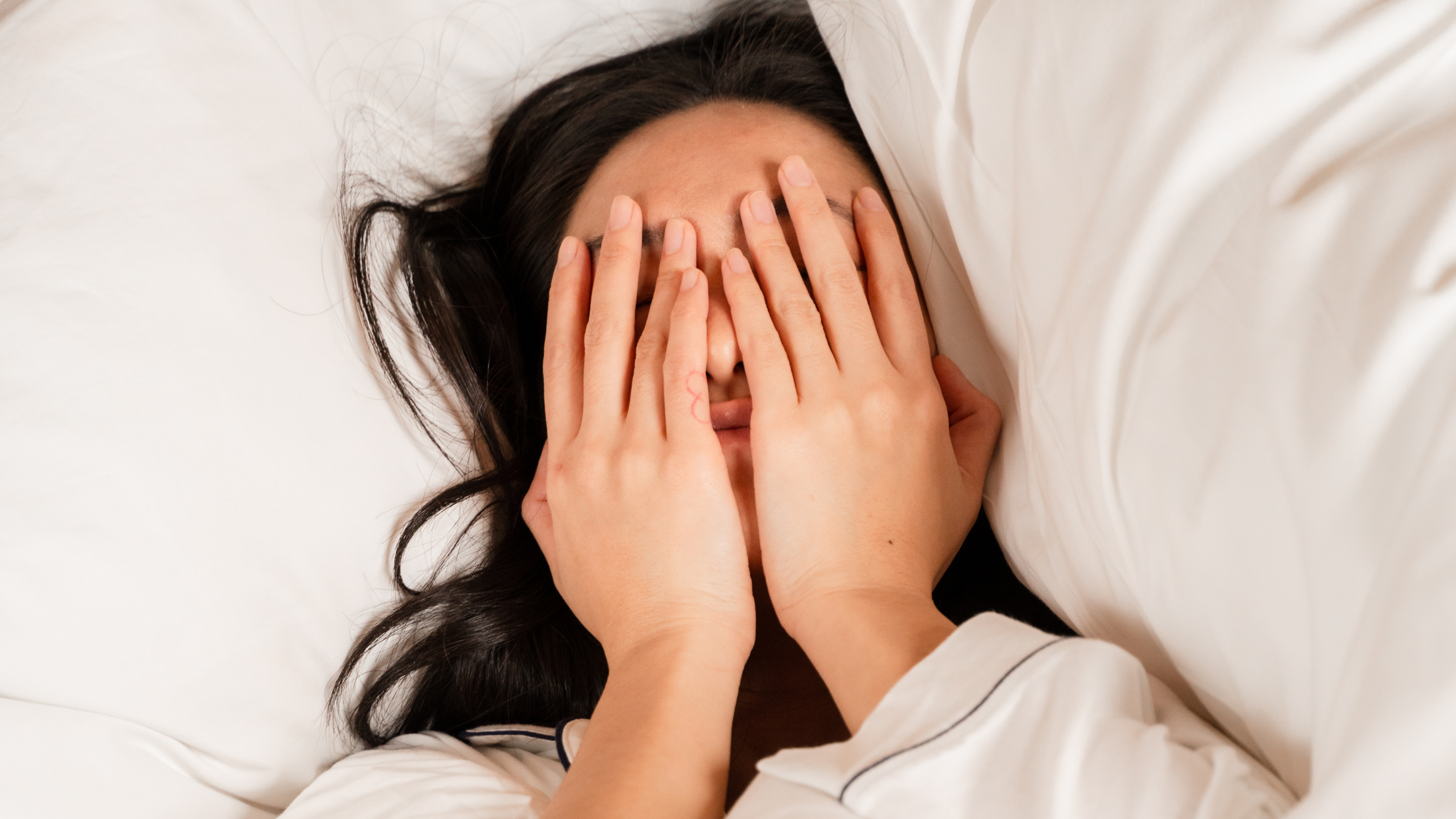According to the National Institute of Health, we need between seven to eight hours of sleep. In today’s fast-paced life, many people find it difficult to wind down before bedtime, which can result in difficulty falling asleep and insomnia. Fortunately, there are a number of effective relaxation techniques to help us achieve both physical and mental relaxation at bedtime. They work by reducing the physical tension of our muscles and block the flow of our thoughts that can prevent us from falling asleep. In fact, studies show that people who use relaxation techniques before sleep end up falling asleep faster and sleep longer. Sleep research studies have revealed that using the following techniques that take only 15-20 minutes of your time and can help you fall asleep faster and get more restful sleep:
- Imagery (Visualization Techniques)

One of the most common and effective relaxation techniques for going to sleep is visualization of peaceful imagery. This technique involves visualizing (imagining) peaceful scenes, such as calm ocean waves or mountain meadows. As you deeply inhale and exhale, use your imagination to focus your mind on the scenes of tranquility you have come up with. It is important to focus on different sensory aspects of the peaceful imagery you have conceived in your mind. For example, if you are imagining a sunset at a beach, it is recommended to also imagine what the waves would sound like, and what the warm feeling of the sunset would be like. Imagery techniques help the mind relax and focus on pleasant and peaceful sensations, helping us drift off to sleep. If you are having trouble coming up with your own imagery, there are plenty of free scripts and audio programs available online.
- Focus on Your Breathing

Focusing on your breathing while producing deep and slow breaths is an effective and simple way to achieve the state of tranquility necessary to go to sleep. Deep breathing helps to eliminate muscle tension, slow the heart rate and lower the blood pressure. In addition, focusing on your breath helps to clear your mind and to focus it on the sensation of your body becoming more and more relaxed. A breathing relaxation technique involves assuming a comfortable position and taking a series of deep and slow breaths while having the eyes closed. In addition to relaxing the body, deep breathing relaxation methods mimic the breathing rhythms of deep sleep and therefore prepare your body and mind to rest and fall asleep.
- Autogenic Training

Autogenic training is a technique originally developed by the German psychiatrist Johannes Heinrich, and has been shown to be clinically effective in reducing stress and treating sleep disorders. The technique is based on the findings that simple auto-suggestive messages (or statements) can influence our bodily perceptions and help us achieve deep relaxation. Autogenic training involves a series of several standard exercises which are aimed to make the body feel relaxed, warm and heavy. Specifically, each exercise requires you to get into a simple posture, such as sitting in a comfortable chair, and to use several visual or verbal cues to relax specific parts of the body. You can learn each exercise by reading about it or by taking a course in autogenic training. The techniques are fairly straightforward, and after a few brief courses, you can learn to do them on your own.
- Progressive Muscle Relaxation

Progressive muscle relaxation, also often referred to as Jacobson’s or deep muscle relaxation, is a technique which involves systematically contracting and then relaxing groups of muscles all over the body. The technique is a two-step process: first you need to tense specific muscle groups in your body, such as your neck and shoulders. Then, you need to relax them and release the tension you applied, and take note of how your muscles feel when you relax them. By practicing deep muscle relaxation techniques, you can learn the difference in the feeling of tense muscle and completely relaxed muscles, and you will be able to recognize if your body gets tense throughout the day. These exercises can help lower the overall muscle tension in the body, help to fight stress and anxiety, and get better sleep. It is easy to learn progressive muscle relaxation techniques by attending a course, reading about it or by listening to an audio guide. Mastering the methods of progressive muscle relaxation will allow you to both monitor and control the state of muscle tension in your body and learn to achieve the state of deep relaxation.
- Biofeedback

Biofeedback is a technique which can help us to become more aware of how our bodies react to tensing and relaxing. Basically, it is a mind-body technique that uses our body’s signals to teach us to modify our own physiological states in order to improve our physical, mental and emotional health, as well as our quality of sleep. Traditionally, this method used electrodes placed on the body to take measurements of muscle tension, breathing, body temperature and pulse. Following these measurements and their changes, helps us to understand how they are influenced by muscle relaxation techniques or by particular thought patterns. Recently, a variety of gadgets has become available to help us track and measure these physical functions, and thereby to track our emotions, including stress and anxiety levels, throughout the day. Tracking our body’s signs of tensing and relaxing can help us learn to implement voluntary self-awareness strategies to help us ease the tension, calm our bodies and minds and become relaxed and at ease.
Want more tips on better sleep? Check out these other blogs:
8 Ways to Sleep Better and Feel Rested Again
Learn How to Become a Morning Person
Hi! We’re Team Neuro, aficionados of all things brain-related, from creativity to working out. With backgrounds in art, science, and athletics, we love delving into all the potentials of the human body.
We also created the world’s first nootropic caffeine energy gum, made help you optimize your mind — anywhere, anytime. Find out more here.


